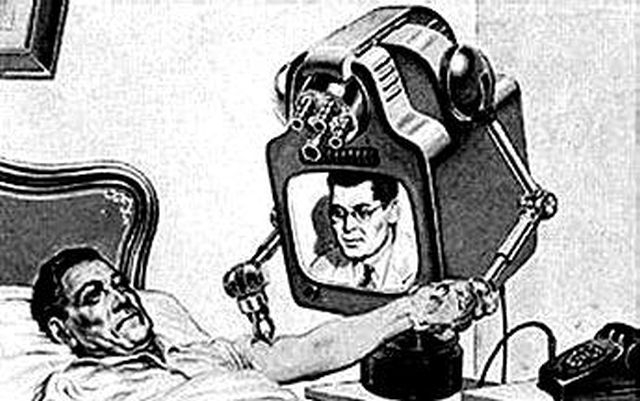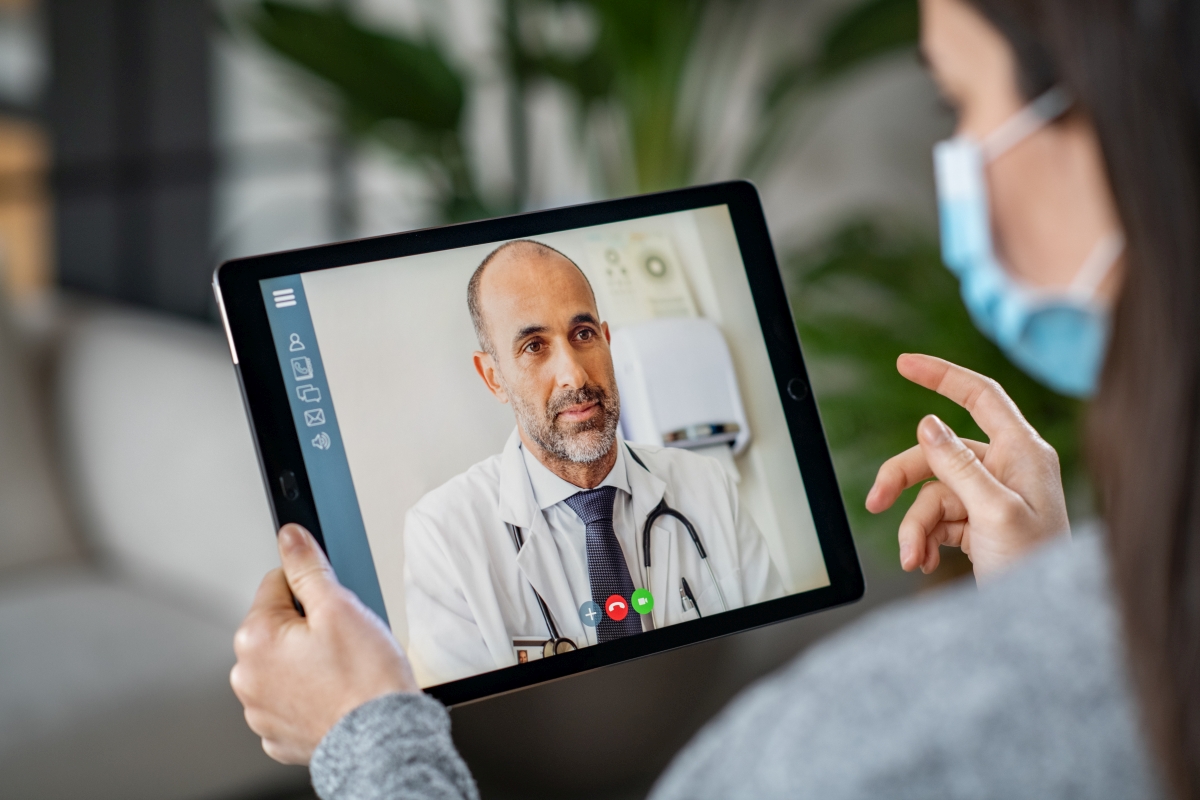How to Discover Trustworthy Teledoctors for Your Clinical Requirements
How to Discover Trustworthy Teledoctors for Your Clinical Requirements
Blog Article
Teledoctors: Linking the Space Between Patients and Doctor
The appearance of teledoctors represents a substantial change in the medical care landscape, providing services to enduring ease of access problems dealt with by patients and companies alike. By integrating telemedicine into conventional practices, health care systems can get to underserved and remote populaces, offering vital clinical examinations without the barriers of range and travel. This standard shift not just improves patient engagement yet additionally optimizes resource allotment for companies. However, the extensive fostering of teledoctors raises essential inquiries regarding the sustainability of such practices and the ramifications for future health care delivery. What obstacles exist ahead in ensuring this version's performance and equity?
Increase of Telemedicine

The increase of telemedicine is also fueled by the demand for cost-efficient healthcare. Medical care systems internationally are under pressure to lower costs while keeping high quality care, and telemedicine supplies a feasible service. By reducing the requirement for physical check outs, telemedicine decreases above costs for medical care facilities and inevitably decreases the monetary worry on individuals.
Additionally, the COVID-19 pandemic functioned as a stimulant, increasing the adoption of telemedicine practices. Social distancing measures and the need to minimize direct exposure threat demanded a change in the direction of remote examinations, motivating regulatory bodies to adjust and support telehealth solutions. This change has not only tried and tested telemedicine's efficacy yet additionally its possible to progress as a staple component of modern healthcare systems.
Benefits for Clients
Mainly, telemedicine improves access, permitting individuals in underserved or remote locations to speak with healthcare carriers without the requirement for extensive travel. Telemedicine additionally supplies people the comfort of receiving medical advice and treatment from the comfort of their homes, reducing the time and price associated with traveling to a medical care center.
Additionally, telemedicine supports connection of treatment by facilitating routine follow-ups and tracking, which are critical for managing chronic conditions. Clients can conveniently arrange consultations and gain access to health care solutions outside typical office hours, suiting their active lifestyles. This versatility brings about boosted person engagement and adherence to treatment strategies, potentially resulting in far better health end results.
Furthermore, telemedicine can assist minimize the threat of infection transmission, a worry increased by the COVID-19 pandemic. By minimizing the need for in-person sees, clients can avoid crowded waiting rooms and lower exposure to transmittable health problems. Eventually, telemedicine encourages patients by supplying timely, effective, and individualized healthcare solutions.
Benefits for Providers
For medical care carriers, telemedicine supplies significant advantages Discover More that boost the efficiency and reach of their practice. By leveraging digital technology, suppliers can expand their services to a wider demographic, including those in underserved or remote areas. This not just eases geographical barriers yet additionally enhances patient retention and procurement by making medical care a lot more accessible.
One more trick benefit is the reduction in overhanging prices. With telemedicine, the need for physical area decreases, enabling service providers to minimize realty and functional expenditures. In addition, telemedicine assists in better time monitoring by lowering the need for travelling and allowing for more versatile scheduling. This flexibility can result in raised patient examinations daily, thus increasing earnings potential.
Telemedicine likewise cultivates a much more joint environment for doctor. teledoctors. It makes it possible for seamless sharing of patient info amongst specialists, boosting diagnostic accuracy and therapy results. In addition, electronic systems can More hints integrate with digital health and wellness documents (EHRs), improving data precision and improving management tasks
Furthermore, telemedicine improves patient fulfillment, which is essential for provider track record and success. By providing timely and convenient care, providers can improve individual commitment and involvement, even more strengthening the provider-patient partnership.
Overcoming Challenges
While telemedicine supplies countless benefits for health care companies, it likewise presents difficulties that need mindful consideration. Medical care companies must stick to rigorous guidelines like HIPAA to safeguard delicate info, thus calling for financial investment in protected systems and continuous staff training. teledoctors.
An additional difficulty is the electronic divide, which can hinder access to telemedicine solutions. Not all people have equal accessibility to the required innovation or web connection, particularly those in country or underserved locations. This difference can exacerbate existing health care inequalities, making it essential for suppliers to discover alternative services, such as collaborations with community organizations, to connect this void.
Moreover, there are limitations in conducting checkups remotely. Particular problems require in-person assessment, highlighting the requirement for a crossbreed design that incorporates telemedicine with conventional gos to. Suppliers have to navigate these difficulties by establishing procedures to identify when telemedicine is appropriate and get more making sure seamless transitions between virtual and in-person care.
Future of Healthcare
The future of healthcare is positioned for a transformative advancement, driven by the fast combination of modern technology and development. This not just improves individual ease however likewise expands accessibility to health care, specifically in underserved and country areas.
Artificial intelligence (AI) and maker knowing are additionally readied to play essential roles. These modern technologies can assess vast amounts of information, offering anticipating understandings into client wellness, improving analysis precision, and individualizing treatment plans. AI-driven tools can augment healthcare suppliers' capacities, resulting in even more informed decision-making and far better client end results.
Furthermore, wearable modern technology and Web of Clinical Points (IoMT) devices are transforming person engagement and positive wellness management. These gadgets enable continual health and wellness monitoring, enabling early discovery of prospective concerns and timely treatments.
As these modern technologies proceed to advance, they guarantee to create a more reliable, easily accessible, and patient-centric healthcare system, eventually linking the gap between individuals and medical care service providers. - teledoctors
Verdict
Healthcare companies profit from much more efficient time management and boosted collaboration opportunities. Regardless of difficulties such as technological barriers and regulative issues, the future of healthcare appears reliable and significantly comprehensive due to the assimilation of telemedicine into conventional care versions.

As telemedicine continues to improve healthcare distribution, individuals stand to gain dramatically from this transformation. Mostly, telemedicine enhances accessibility, permitting clients in underserved or remote locations to get in touch with medical care providers without the need for extensive traveling. Telemedicine also offers individuals the comfort of obtaining medical recommendations and therapy from the convenience of their homes, minimizing the time and price connected with taking a trip to a health care center.
Eventually, telemedicine empowers people by offering prompt, effective, and personalized healthcare services.
Report this page